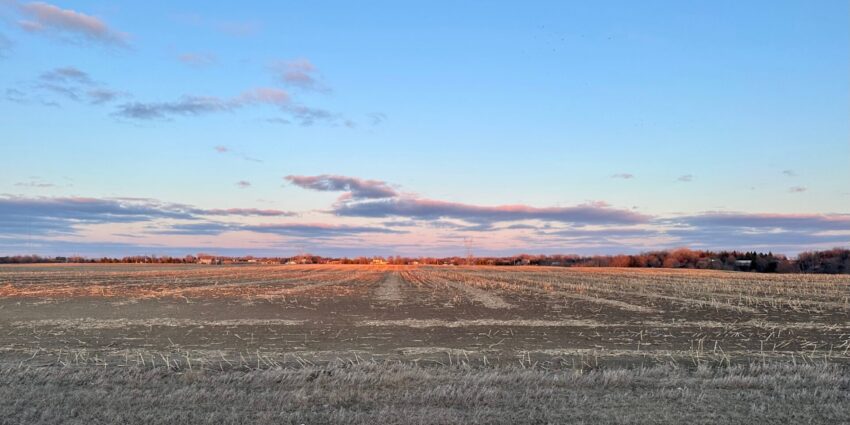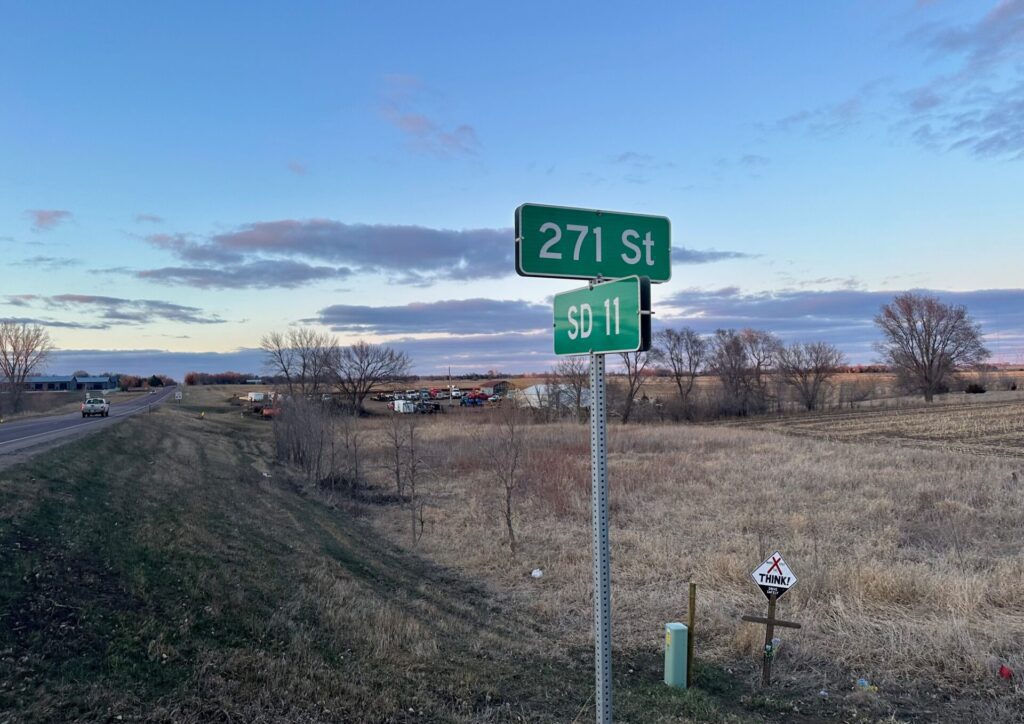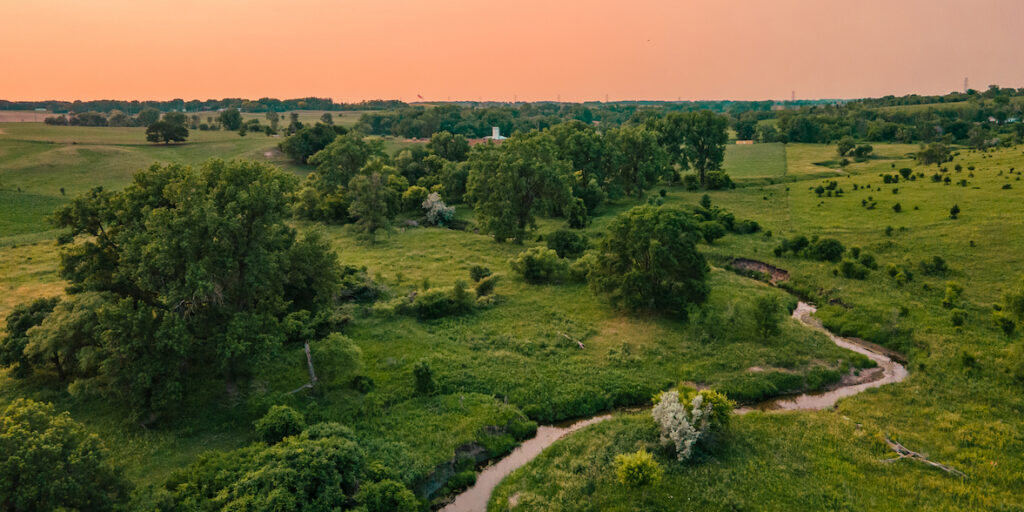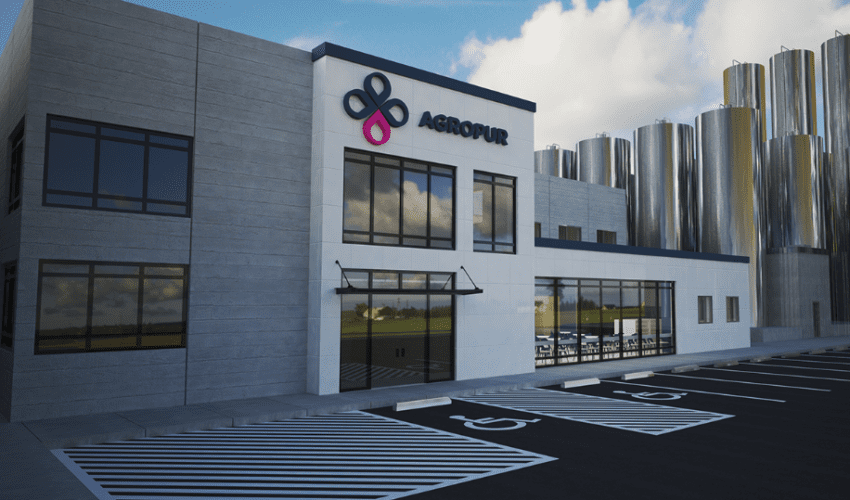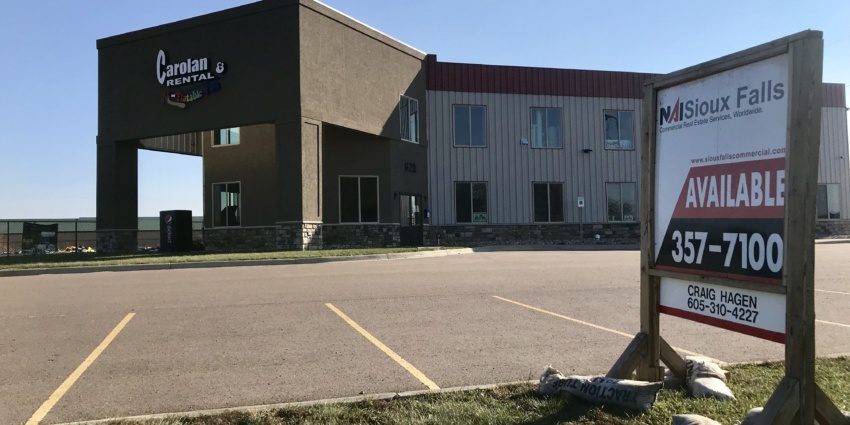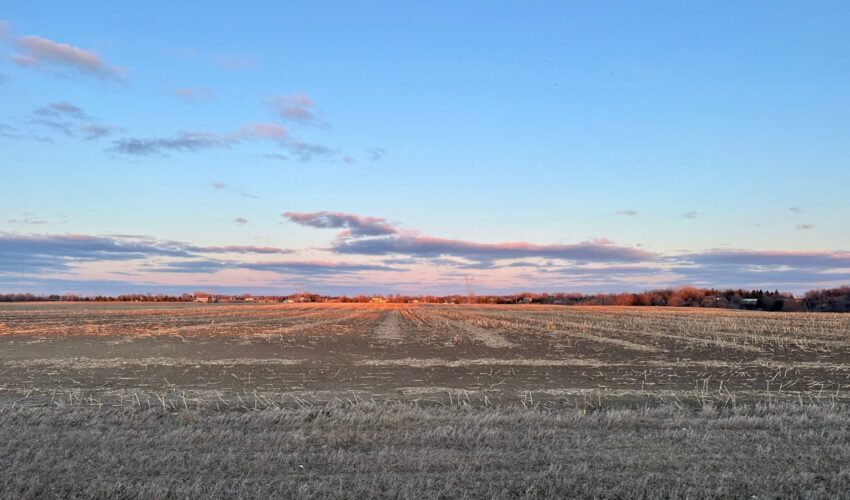City sets stage for growth with plan to expand sanitary sewer
March 18, 2024
The city of Sioux Falls is setting plans to add capacity for development to the west, southeast and even northeast.
New tier maps detail the demand for additional sanitary sewer as available sewered acres are being steadily developed.
“Sioux Falls has a long history of very well-planned growth, so our goal is to continue that,” utility administrator Ryan Johnson said. “We take a very pragmatic and incremental approach as we grow into these.”
Doing so requires the city’s Public Works and Planning departments to work together as they have on studying and developing the new maps to guide the city’s future infrastructure investments and subsequent private development. They include identifying needs for water, roads and storm drainage.
“Sewer is maybe the utility we start with first, but we also can’t allow development if we don’t have the water infrastructure or the transportation infrastructure to support growth,” said Kevin Smith, the city’s assistant director of planning and development services.
“There’s a misconception of ‘If my land can be sewered, I should be able to build,’ but we have to plan for … those other capital improvements, and if we get out of balance, one over the other, we can’t support growth.”
The current pace of 700 to 1,000 acres annexed annually means Sioux Falls is well positioned to accommodate short-term needs in its tier one growth area, which is identified as 5,500 acres.
The total area being studied encompasses approximately 50,000 acres in three sewer basins, including areas more recently identified in the city’s growth plan north and east of Interstate 90 and 476th Avenue.
In the tier one areas — shown in blue on the map above — annexation is advised within five years because all city services are expected to be available in that time. In tier two — shown in green — city services are expected to be available for development in six to 15 years, and in tier three — shown in orange — city services are expected in 15 to 25 years. Annexations are not advised in the two latter tiers.
“We finalized the study late last year, and phases are being vetted (as) we’re preparing our capital program,” Johnson said.
West-side investment
A $14 million boost from federal pandemic-related infrastructure spending will help open up 3,100 acres on the west side, with sewer service beginning construction this year.
Ultimately, there are 32,000 acres that can be opened up longer term, taking city growth out approaching the Wall Lake area.
“It’s a great place to start expanding the sanitary sewer system,” Johnson said. “It’s very nice contour and good land to develop.”
There will need to be additional upgrades to water and roads to fully open up the area for development.
“It really is a process, not a destination for us,” Smith said. “The utilities are self-funded, and the transportation network is funded through sales tax, and that’s where the balance annually with sales tax growth has to be made.”
The short-term upgrades will be done as multiple projects that are bidding throughout this year.
Southeast movement
Property owners have been waiting for the opportunity to develop land south of Sioux Falls’ existing developments, and the city recently made a key investment toward making it happen.
Sioux Falls purchased 42 acres for a new pump station at Highway 11 and County Road 106, also known as 271st Street, earlier this year, which includes enough excess land to buffer the facilities and likely develop a park.
“Next steps are to start the final design and easement acquisition and eventual construction of those components to start opening up that area for development,” Johnson said.
The city is budgeting to deliver the capacity to develop about 17,000 acres by 2030.
“It’s being designed and constructed in phases,” Smith said. “The No. 1 catalyst for the southeast area is the state advancing the dollars to complete Veterans Parkway, which also requires the city to fund adjacent transportation corridors that tie into Veterans Parkway. The pressure or the expectation to extend utility and transportation services out there is something we’re going to continue to face.”
The area closest to Interstate 29 already is serviceable as a tier one growth area, he said. The rest of the southeast is considered tier two or three, but “Public Works is already within the CIP, figuring out how to construct those improvements in a way that matches our capacity to provide water and road infrastructure to match,” Smith said.
The city is limited to the south for growth by water rights, which end at County Road 106.
In the shorter term, this construction season will bring a project to add capacity to the city’s existing east-side sewer infrastructure, which involved a new pump station in the early 2000s to open up 23,000 acres. Some of that land has yet to be developed, but the scope of existing development is demanding more capacity for the transmission line to the treatment plant.
The city is targeting bidding that $60 million upgrade in the third quarter of this year.
“It will support the demand on the east side but also eventually support the development in the southeast,” Johnson said.
Northeast planning
The city’s growth area ultimately is expected to stretch north of Interstate 90.
The most recent study area looked at 9,000 acres after the northeast was identified as a growth area in a 2018 city master plan.
The area benefits from close proximity to the city’s water reclamation plant at Sycamore Avenue and 60th Street North.
“It has advantages that way and some unique terrain,” Johnson said. “It would be fair to say we’ve been looking at that area and are not rolling it out … and honing in on how it might be phased and capitalized.”
The area includes Mapleton Golf Club, which is expected to spark adjacent residential development. Nothing has been programmed in the city’s capital improvement plan to service the area yet.
“If you’re really looking toward the future, that area of northeast Sioux Falls is going to be one of the next newer growth areas for us,” Smith said.

